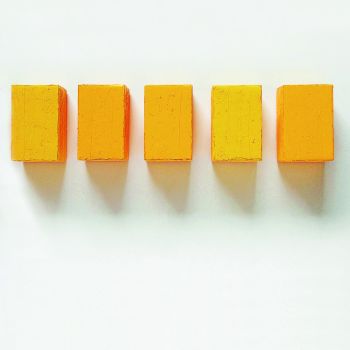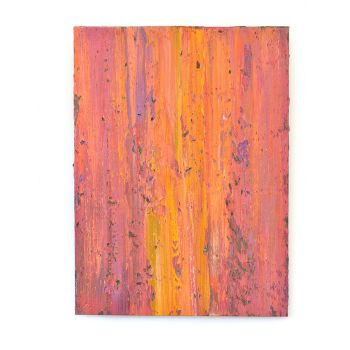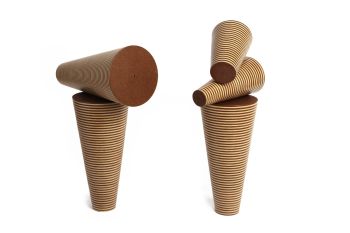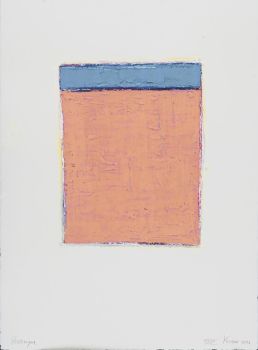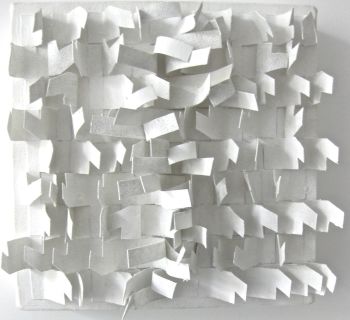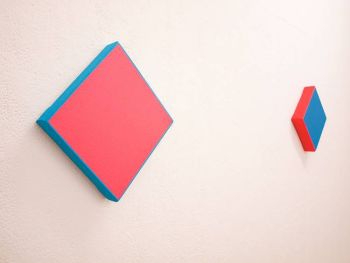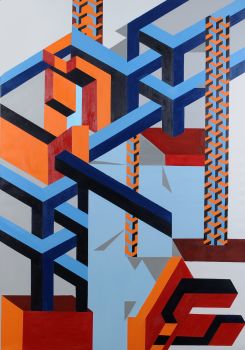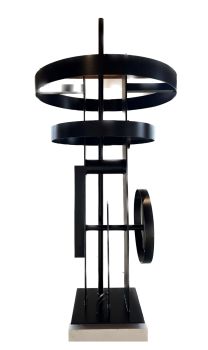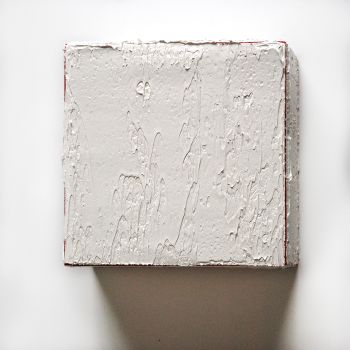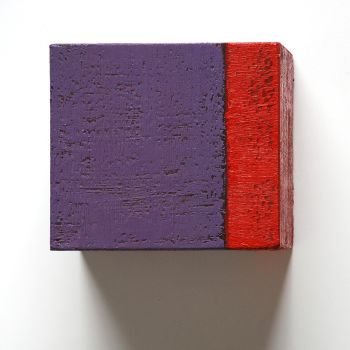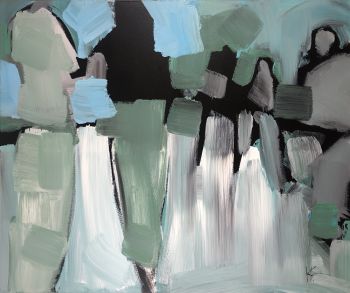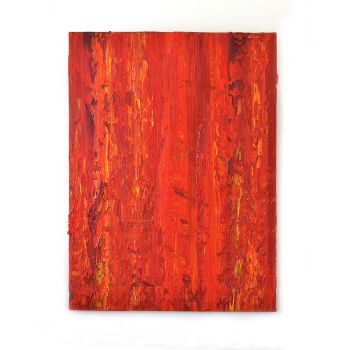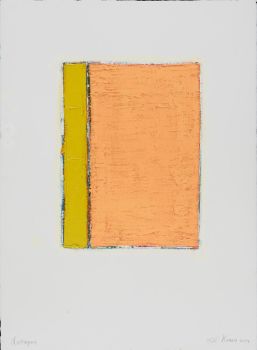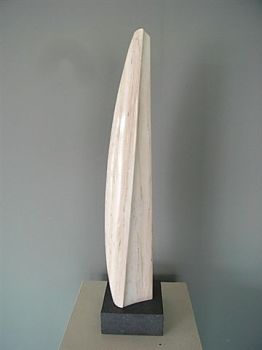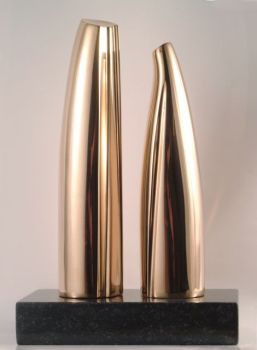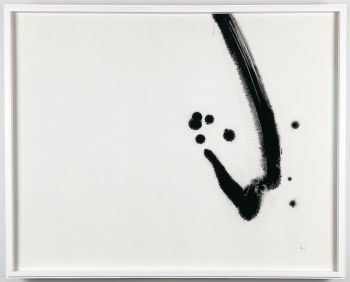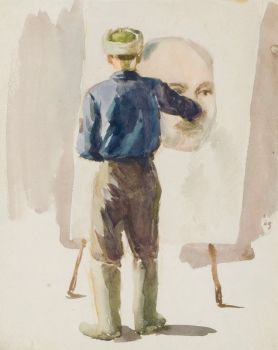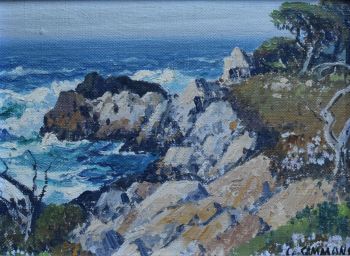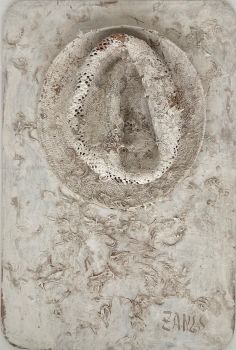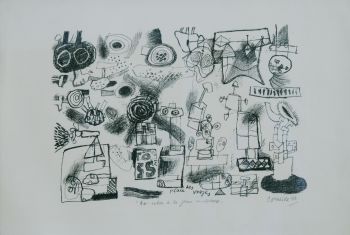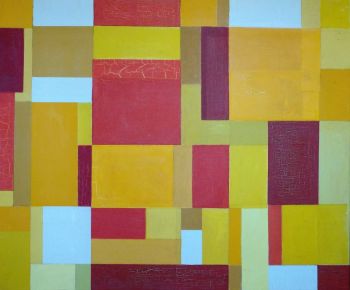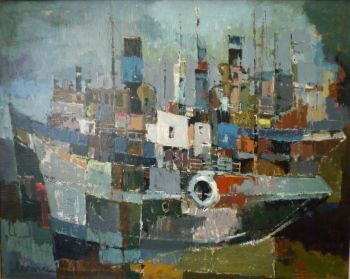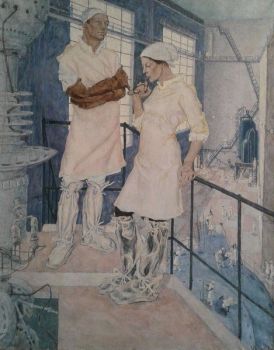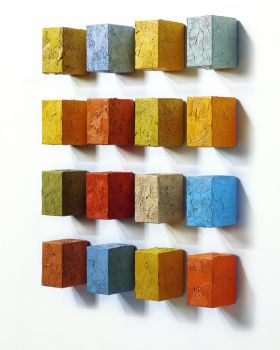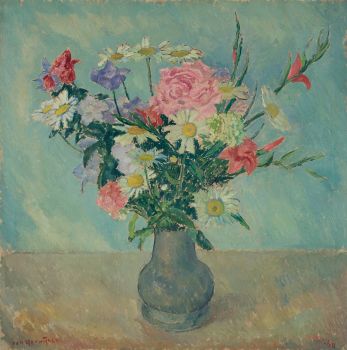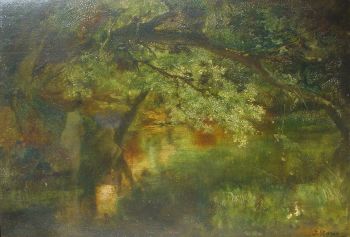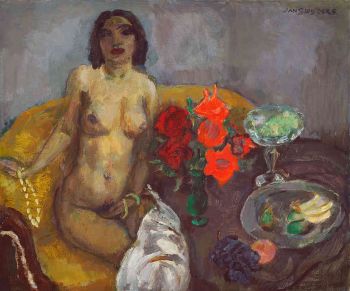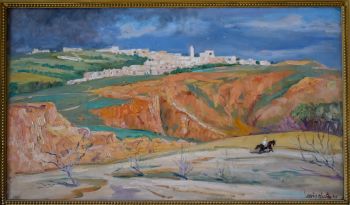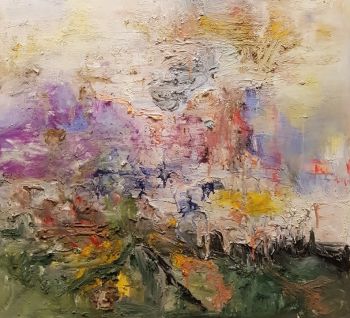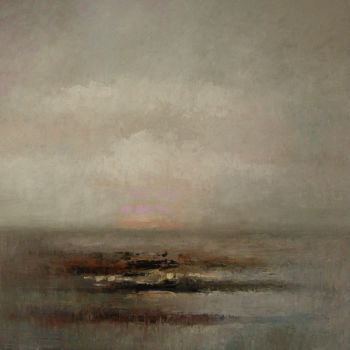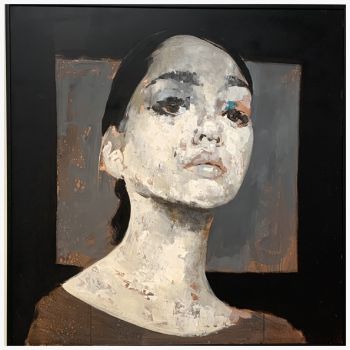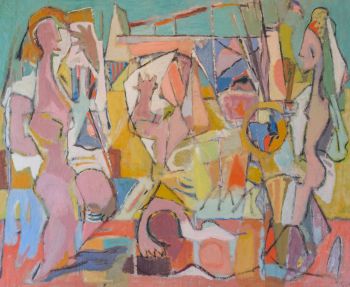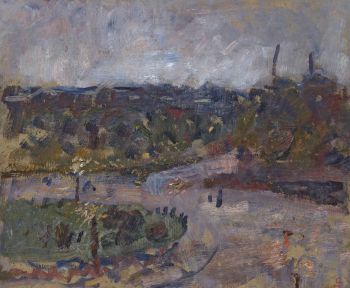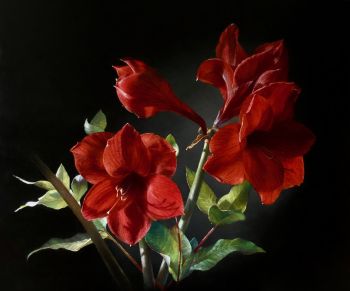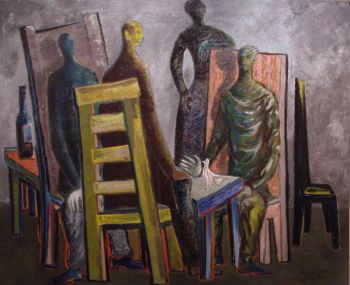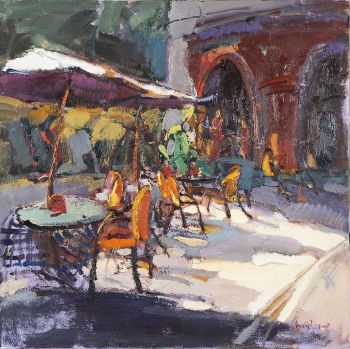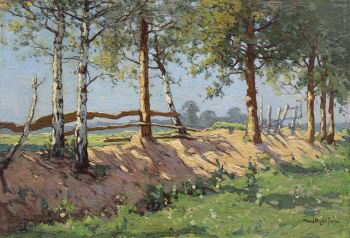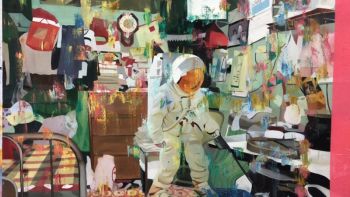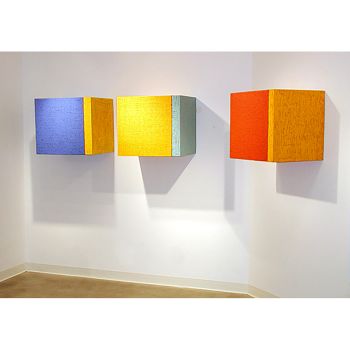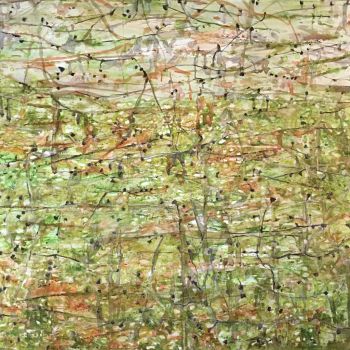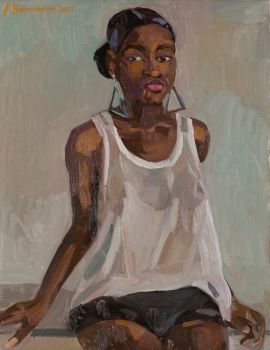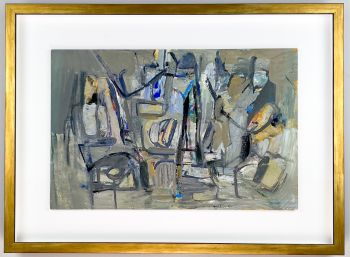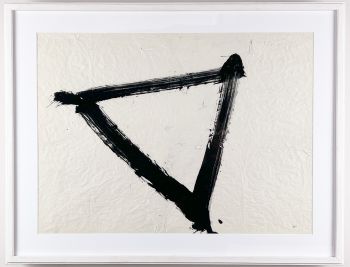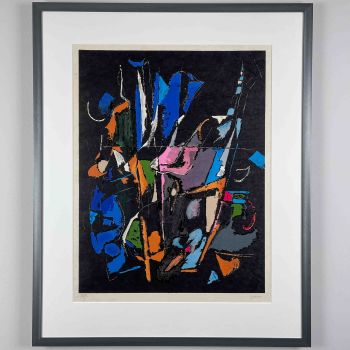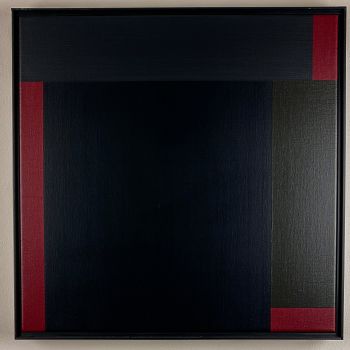Pieter de Haard – “Compositie XIV” (Variation Pentagram) 1978/1988 – oil and yarn on board 1978 - 1988
Pieter de Haard
TelaPintura a óleoPintar
71 ⨯ 70 ⨯ 2 cm
ConditionVery good
€ 4.500
Van Kerkhoff Art
- Sobre arteA unique oil and yarn painting on board. Painted in 1978 and revised in 1988.
Signature and title on the reverse.
About Pieter de Haard
Pieter de Haard (Rotterdam 1914 – Rotterdam 2000) was a Dutch painter and illustrator, most known for his geometric abstract oeuvre he created from the 1940’s onward.
As a young boy, Pieter grew an interest in art and started visiting exhibitions in the Boijmans van Beuningen Museum in his hometown, Rotterdam. The museum director Dirk Hannema noticed the young visitor and advised the boy to go to the Kunstnijverheids School, the predecessor of the Art Academy.
In 1931/1932 PdH went to Münich where he studied Philosophy and Mathematics. When he returned to Rotterdam, he continued to paint. In the pastels De Haard painted during World War II he continued researching into the representation of spatial dynamics until he finally settled for mathematics, its natural ratios and the Golden Section in particular.
The oeuvre from his mathematical period which started in 1946 when after he returned to Rotterdam constituted the height of his career, was gradually stripped bare of colour and the compositions became ever more straightforward.
From the later ’40s to mid-’50s, Pieter de Haard was (partly) living in Paris, where he created an oeuvre partially based on musical rhythms. While in Paris Pieter de Haard worked for an American impresario of theatre shows for whom he painted decors. That American liked his work and introduced De Haard to gallerists, art dealers and American collectors.
Pieter de Haard returned to Rotterdam in the 1950’s and got married. Times were difficult for him in the next two decades and he got a job as an art-teacher by the Social Department of the city of Rotterdam.
Since the 1970s, interest in Pieter de Haard’s work has been growing, as evidenced by the exhibitions organised of his work since then.
Signed
Verso signed and dated; Pieter de Haard, 1978 / 1988
Condition
Good original condition, original aluminium frame
Provenance
Inheritance family De Haard
Dimensions
Artwork
Height 71 cm
Width 70 cm
Frame
Height 71,5 cm
Width 70,8 cm
Depth 2,5 cm - Sobre artista
Durante os anos do ensino médio, ele frequentemente passava suas horas livres no Museu Boymans. Em seu último ano letivo, ele combinou isso com aulas noturnas na Academia de Artes Visuais de Rotterdam. Recebeu formação técnica em pintura em Munique, após o que ganhou a vida como restaurador durante algum tempo. Inicialmente trabalhou figurativamente; A partir do final da década de 1930 ele começou a fazer experiências com abstração.
Durante os anos de guerra leu Spinoza, Kant e Goethe. Spinoza e Kant foram importantes para o desenvolvimento de suas ideias sobre o espaço e o infinito, enquanto Goethe o fascinou particularmente com sua teoria da cor. De Haard também mergulhou nas ideias e no trabalho dos artistas do De Stijl, onde a dinâmica de Van Doesburg o atraiu particularmente. Ele sentiu uma forte relação entre arte visual e música e viu essa relação exclusivamente em termos de cores reais versus tons e timbres. Em sua pintura variou o brilho e a saturação das cores.
Já durante a Segunda Guerra Mundial criou as suas primeiras obras geométricas abstratas: figuras geométricas, baseadas em sistemas de medição milenares, tendo a proporção áurea como a sua favorita. Uma linha é dividida de tal forma que a parte mais curta é igual ao dobro da parte mais longa. Os relacionamentos resultantes sempre parecem harmoniosos.
A obra de De Haard tem um caráter cósmico e se destaca pelas emocionantes combinações de cores.
Você está interessado em comprar esta obra de arte?
Artwork details
Related artworks
- 1 - 4 / 24
- 1 - 4 / 24
- 1 - 4 / 24
Børge Mogensen
Teak wood “dropleaf” desk – Søborg Møbler, Denmark circa 19551950 - 1960
Preço em pedidoVan Kerkhoff Art
1 - 4 / 12







